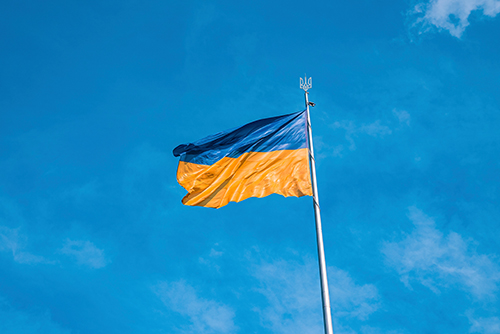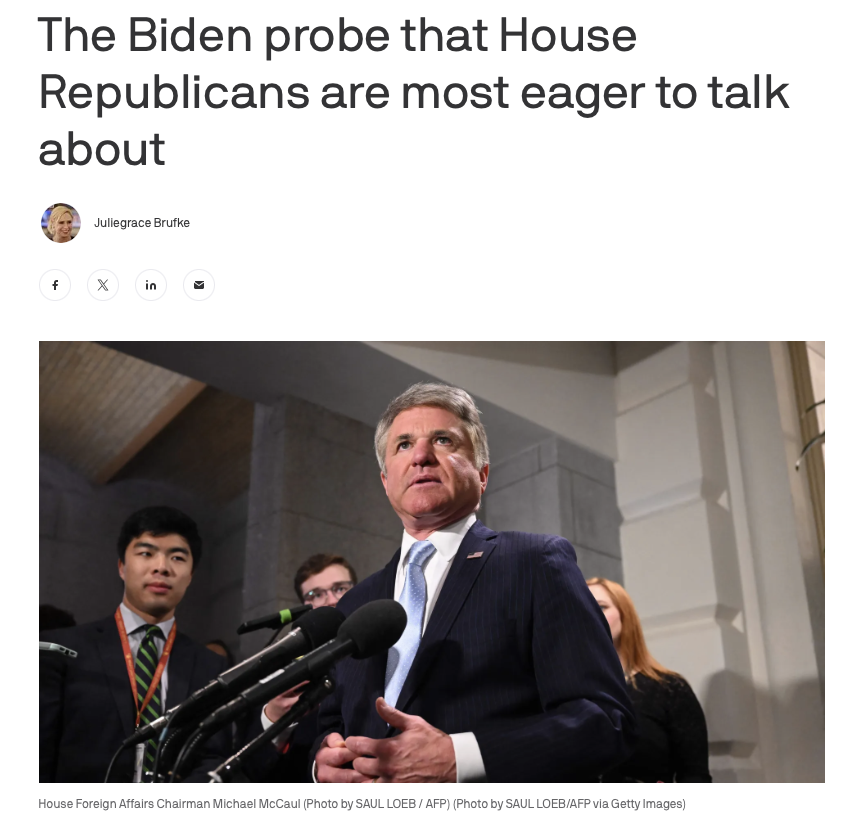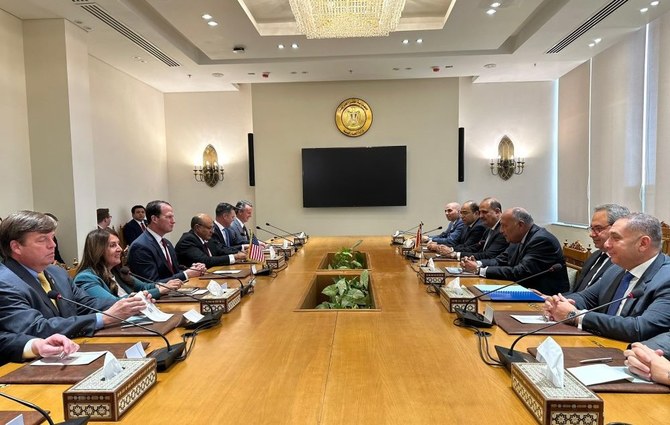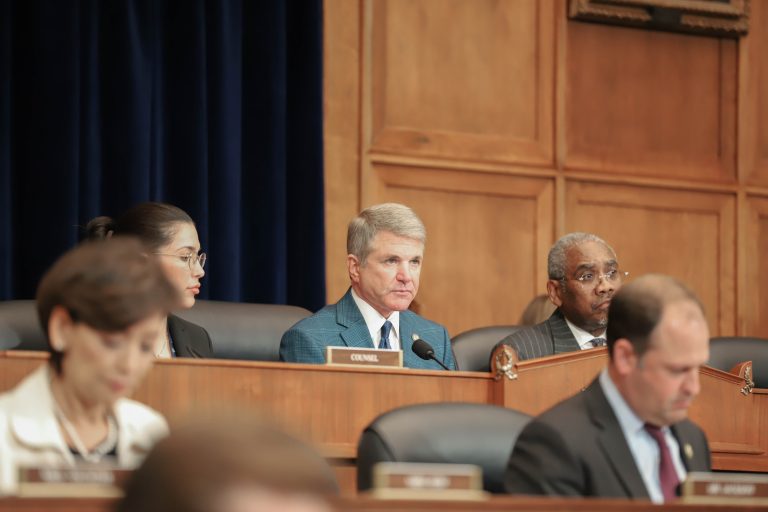ISIS Is Making Moves In Afghanistan And North Africa
 While the world is occupied with conversations about Hillary and Trump, ISIS has made some movements in Africa and Central Asia that are cause for concern. Here are your CounterTerrorism Cliff Notes for July 2016.
While the world is occupied with conversations about Hillary and Trump, ISIS has made some movements in Africa and Central Asia that are cause for concern. Here are your CounterTerrorism Cliff Notes for July 2016.
In July, ISIS ramped up its global offensives across Dhaka, Istanbul, Nice and Africa. Two key movements occurred that could have long term impacts across the Middle east and North Africa region.
ISIS isn't just a singular foe - it's a foe centralized in Raqqa, Syria that has lost 45% of its' Iraqi territory and 20% of Syria over the past year. Making up for this loss, it has expanded its media and social outreach. What's more, it is leveraging terror attacks as propaganda that fuels the fire of its media.
In essence, it has become a media agency whose primary product is terror. Terror for the West. Terror for the East and Terror for Muslims, who are the primary targets and suffer the greatest casualties.
Due to the way Iraq fell and how foreign policy has been managed under the Obama administration, many of the insurgent, counter-insurgent and operational terrorist organizations have morphed over the last 8 years. Counter terrorism reports, like those I develop, help businesses navigate these complicated landscapes - but there's very little information that trickles down to civilian hands, at least within mainstream media.
Central Asia, the Middle East, and North Africa are peppered with organizations that are local in nature and typically have regional aims. These organizations, however, can become ISIS proxies, as long as instability is kept in place and opportunities for local employment fails to materialize.
Here's what you need to know today:
Wilayat Khorasan (WK) has made moves in Afghanistan to develop an operational base.
Wilayat Khorasan (WK) is an ISIS-affiliated group that established itself in early 2015 and carried out its first attack last month. IHS Jane's reports:
"Three suicide bombers attacked a protest by Shia Muslims at Deh Mazang Circle in Kabul on 23 July, killing at least 80 people and injuring 200 others."
ISIS related activities are as much a show of force as they are attempts to disrupt regional stability and drive recruiting. Attacks are discussed widely across social media, allowing ISIS to retain ongoing media relevancy while also serving as a recruiting tool.
Meanwhile in Africa:
The ISIS newspaper al-Nabaa announced a new leader of Boko Haram.
The AP reported this week that al-Nabaa announced:
"Abu Musab al-Barnawi as the new "Wali," or governor of its so-called West Africa Province. The "Wali" title was previously used to describe long-time Boko Haram leader Abubakar Shekau."
Aside from a significant social media presence, ISIS has two primary publications - Dabiq, which is their Western focused propaganda publication and looks like "Cosmo for Terror" and al-Nabaa, their paper for official announcements and proclamations. The announcement noted that it would be stepping away from attacking Islamic places of worship, but reinforced their stance on increasing operations in Africa.
Perspective: The ISIS move shows us that North Africa, specifically Nigeria and Egypt, are ripe for ISIS supported attacks by Boko Haram.
As a reader, tourist or business traveler, understand that these moves make Northern Africa and parts of the near east areas to watch over the next few months.








